What is ISO 14001:2015?
What is ISO 14001?
ISO 14001 is an internationally agreed standard that sets out the requirements for an environmental management system.
It helps organizations improve their environmental performance through more efficient use of resources and reduction of waste, gaining a competitive advantage and the trust of stakeholders.
What is an environmental management system?
An environmental management system helps organizations identify, manage, monitor and control their environmental issues in a holistic manner.
Like other ISO management systems, it uses a High-Level Structure. This means it can be integrated easily into any existing ISO management system.
It also includes the need for continual improvement of an organization’s systems and approach to environmental concerns.

ISo 14001:2015 Certification
Who is ISO 14001 for?
ISO 14001 is suitable for organizations of all types and sizes, be they private, not-for-profit or governmental.
It requires that an organization considers all environmental issues relevant to its operations, such as air pollution, water and sewage issues, waste management, soil contamination, climate change mitigation and adaptation, and resource use and efficiency.
ISO 14001:2015
ISO 14001 has recently been revised, with key improvements such as:
- The increased prominence of environmental management within the organization’s strategic planning processes
- Greater input from leadership
- A stronger commitment to proactive initiatives that boost environmental performance
What benefits will it bring to my business or organization?
Users of the standard have reported that ISO 14001:2015 helps:
- Demonstrate compliance with current and future statutory and regulatory requirements
- Increase leadership involvement and engagement of employees
- Improve company reputation and the confidence of stakeholders through strategic communication
ISO 14001: benefits
- Achieve strategic business aims by incorporating environmental issues into business management
- Provide a competitive and financial advantage through improved efficiencies and reduced costs
- Encourage better environmental performance of suppliers by integrating them into the organization’s business systems
Why was ISO 14001 revised?
All ISO standards are reviewed and revised regularly to make sure they remain relevant to the marketplace.
ISO 14001:2015 will respond to the latest trends, including the increasing recognition by companies of the need to factor in both external and internal elements that influence their environmental impact, such as climate volatility and the competitive context in which they work.
The changes also ensure that the standard is compatible with other management system standards.
What are the key improvements?
ISO 14001:2015 now requires:
- Environmental management to be more prominent within the organization’s strategic direction
- A greater commitment from leadership
- The implementation of proactive initiatives to protect the environment from harm and degradation
- A focus on life-cycle thinking, to consider the environment from development to end-of-life
- The addition of a stakeholder-focused communication strategy
It also allows for easier integration into other management systems thanks to the same structure, terms and definitions.
I am certified to ISO 14001:2004. What does this mean for me?
Organizations are granted a three-year transition period once the revision has been published to migrate to the new edition of the standard. After this period, if third-party certification is desired, you will have to seek certification to the new version.
For further information and guidance, refer to the International Accreditation Forum’s transition planning guidance document
Should I be certified to ISO 14001?
Accredited certification to ISO 14001 is not a requirement and there are many benefits from using the standard without going through the accredited certification process.
However, third-party certification – where an independent certification body audits your practices against the requirements of the standard – is a way of signalling to your stakeholders that you have implemented the standard correctly.
For some organizations, it helps to show how they meet regulatory or contractual requirements.
ISO does not perform certification. For more information about the certification process and how to find a certification body, please visit the “certification” section on our Website www.iso.org
Examples of success with ISO 14001
Organizations using ISO 14001 have found success across a range of areas, including reduced energy and water consumption, a more systematic approach to legal compliance and an improved overall environmental performance.
Premier Foods
Enhancing relationships with stakeholders and staff
“Since 2001, we have used ISO 14001 to make big improvements such as increasing our organization’s recycling rate. We have now been at “zero landfill” since March 2013 and are recycling and reusing 100 % of our site wastes.
“We have continued to improve our relationship with neighbours because we have the processes in place to respond quickly to any concerns. Among other benefits, our processes and the appointment of Green Matters Champions ensure that staff are environmentally engaged and aware of the site’s potential impact on the environment.”
Richard Giles
Premier Foods, UK
UPCON Corporation
Boosting confidence and competitivity
“UPCON provides services to lift up sunken concrete floors using its unique UPCON method. Achieving certification to ISO 14001 in 2008 allowed us to document effectively the details of our method for all staff to share and standardize the quality of work at every site.
“In addition to boosting our competitiveness through more accurate quality control, ISO 14001 also strengthens our confidence in our method by demonstrating that it produces 90 % less CO2 emissions when compared to concrete replacement. What’s more, since our certification, staff engagement and motivation have increased, safe in the knowledge that they are contributing positively to the environment through our products and services.”
Nobukazu Matsudo
UPCON, Japan
How do I get started with ISO 14001:2015?
A number of resources provide detailed guidance on how to use the standard, but here are a few tips to get you started:
Tip 1 Define your objectives. What do you want to achieve with this standard?
Tip 2 Get buy-in from senior management. It is essential that the leaders of your organization support the objectives of an effective environmental management system and are committed to the process.
Tip 3 Get a good overview of existing processes and systems relevant to your environmental impact. This will allow you to more easily identify gaps.
Other standards in the ISO 14000 family
The ISO 14000 family comprises a number of standards that complement ISO 14001, some of which are listed below. Get more information in the brochure Environmental management – The ISO 14000 family of International Standards, a basic introduction to the ISO 14000 series of standards.
ISO 14004 provides guidance on the establishment, implementation, maintenance and improvement of an environmental management system and its coordination with other management systems.
ISO 14006 is intended to be used by those organizations that have implemented an environmental management system in accordance with ISO 14001, but can help
integrate eco-design into other management systems.
ISO 14064-1 specifies principles and requirements at the organizational level for the quantification and reporting of greenhouse gas (GHG) emissions and removal.
Source: www.iso.org
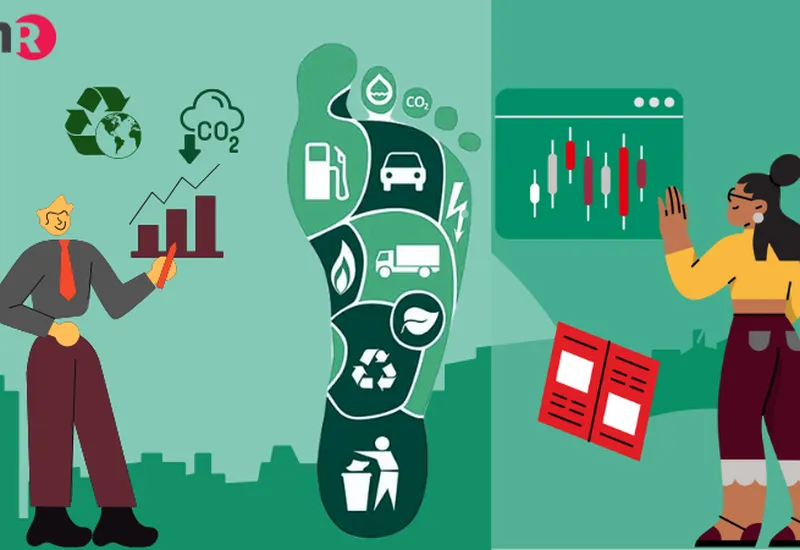

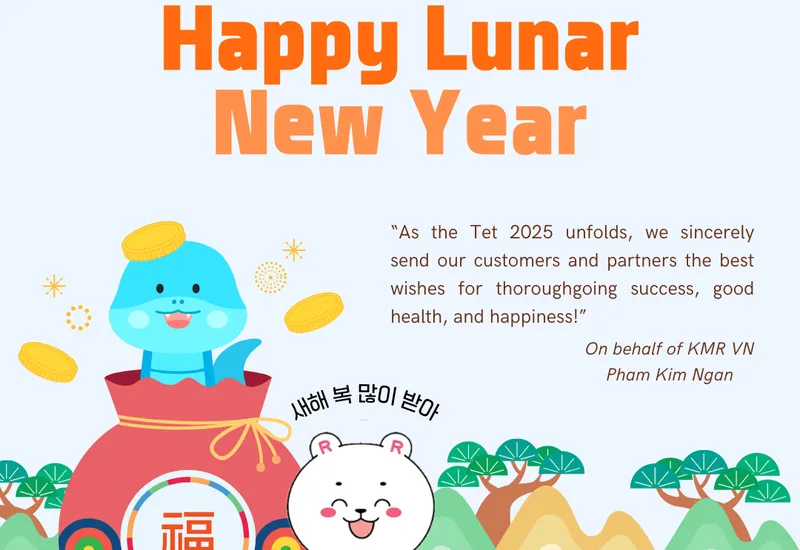
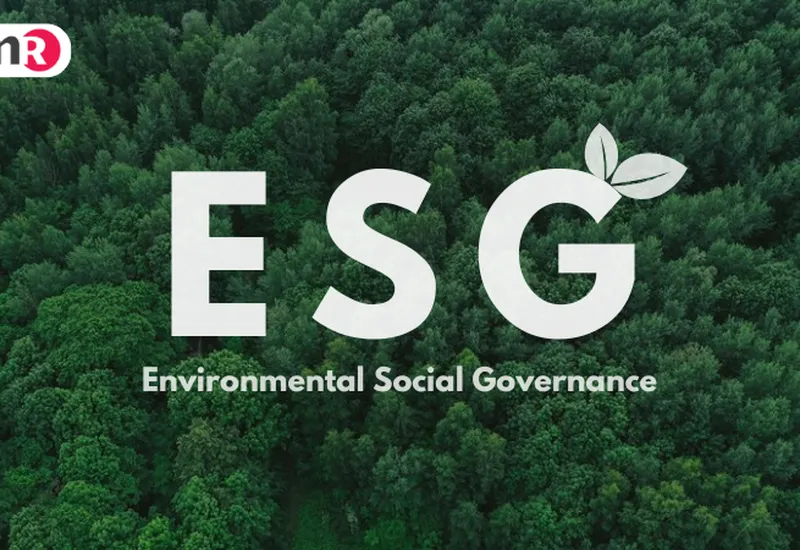
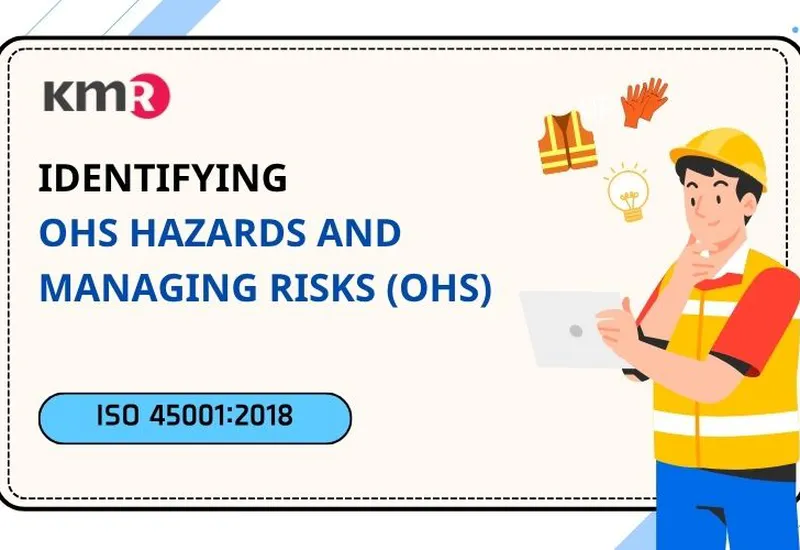
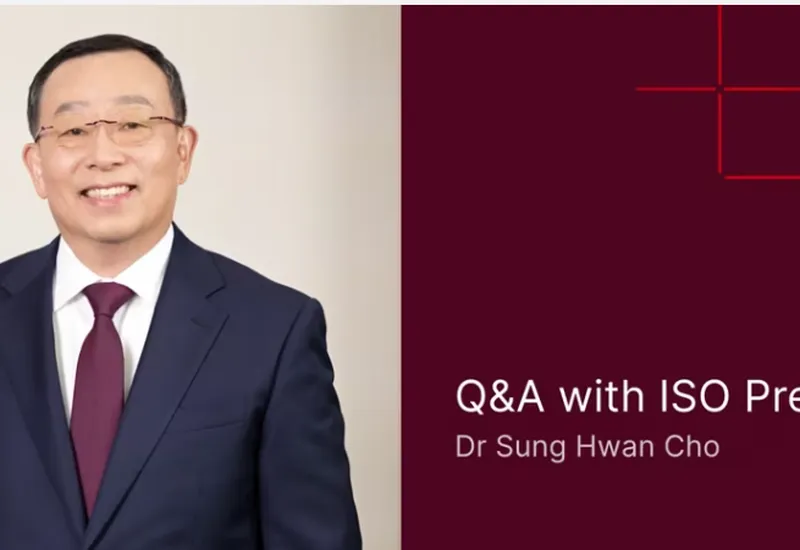

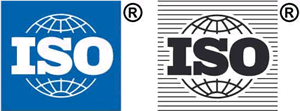



main.comment_read_more